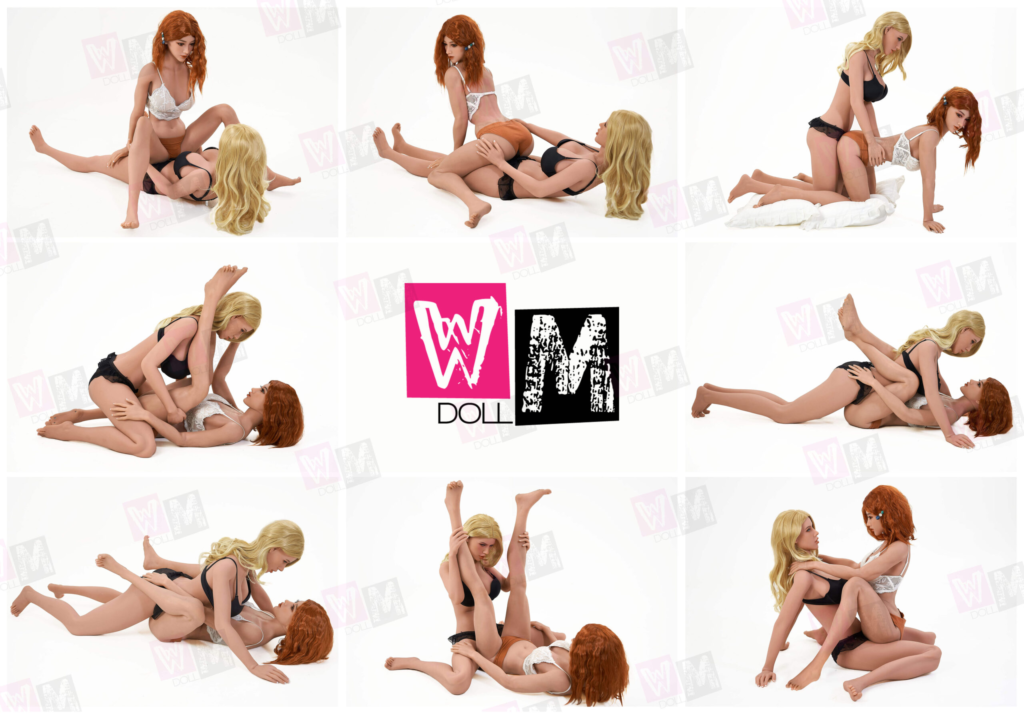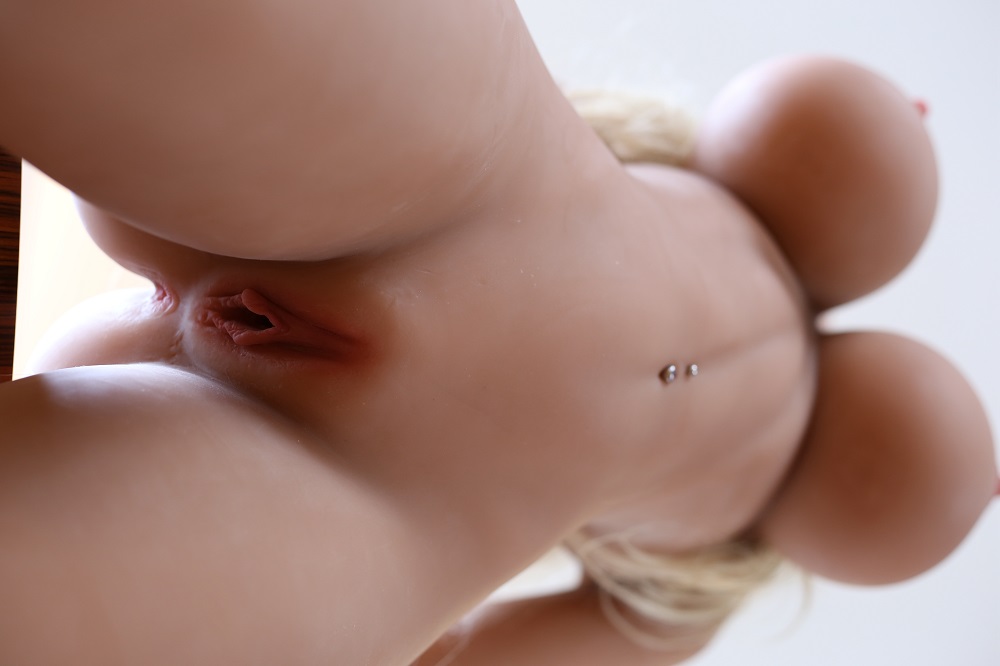Hello, lovely readers! Jasmine Hart here. Let me share a bit of a blunder from my early days. I once had a gorgeous doll named Clara. She was every bit the diva, with her poised stance and all. But one day, I found her slumped in a chair, a posture mishap on my part, which shortened her “youth” by a good few months. That day, I realized the immense importance of posture and positioning. It’s not just about aesthetics; it’s about safeguarding our companions, ensuring they stand (or sit) with us for the long haul.
The Science of Posture:
Before I ventured deep into the world of dolls, I used to think of them as mere outer shells. Oh, how wrong I was! Like us, our sex dolls have a complex structure underneath their skin, known as the skeleton. This inner frame gives them their posture and ability to maintain various positions.
Metal vs. Plastic Joints
Metal Joints: The premium ones are typically found in high-end dolls. They are sturdy and allow for a wide range of motion. Think of that time I tried to recreate the famous Dirty Dancing lift with Clara – all thanks to her durable metal joints.
Plastic Joints: More common in budget-friendly models. While they do the job, these are a tad more delicate. Precision and gentleness are key.

Articulation Points
Most dolls have around 20 to 30 articulation points. These are the areas where they can bend, twist, and pose. From the tilt of the head to the flex of a foot, these points make our dolls so incredibly lifelike.
TPE (ThermoPlastic Elastomer)
TPE is soft, stretchy, and somewhat more forgiving. But, it’s essential to remember it can deform if left in a strained pose for too long. That one time I left Clara seated for weeks on end? Yep, TPE does have its limits.

Silicone
Silicone dolls, the crème de la crème of the doll world, are more resilient. They can hold poses better and are less prone to deformation. But they come with their set of care instructions. More on that later!

Common Posture Mistakes
On a chilly evening, with a glass of wine, I committed my first doll posture faux pas. I intended to recreate a sultry scene with my beloved Tessa, but a long week of reshaping efforts followed. Let me save you the heartache by pointing out some common mistakes.
Overextending The Limbs
Oh, the enthusiasm of trying out that complex yoga pose! But remember, while your doll’s articulation points offer flexibility, there’s a limit. Pushing beyond can cause strain on the joints and even damage.
Prolonged Stressful Poses
Keeping your doll in a specific pose for an extended period can be detrimental, especially if it’s intricate. Picture this: I left Elara kneeling once, and her TPE knees bore the brunt. Lesson learned.
Ignoring the Weight Distribution
Each doll has a unique weight distribution depending on her size and build.
Leaning on One Leg
We all love the sassy one-leg pose, but doing this for too long can result in foot deformation, especially with TPE models.
Unsupported Sitting
Ah, the classic seated pose! But leaving a doll seated for ages, especially on more complex surfaces, can cause flattening of the buttocks. Trust me, I’ve been there, and it’s a bumpy road to recovery.
Neglecting the Neck
The neck is one of the most overlooked.
Extreme Tilts
Excessive tilting can strain the neck joint. A slight tilt can add a touch of realism, but don’t push it. Think back to when I tried to recreate a dramatic movie scene with Clara, only to find her head slightly askew later. Oops!

Techniques for Proper Doll Positioning
During one of my spirited doll photography sessions, I stumbled upon the art of positioning. The nuances might seem overwhelming, but with some knowledge and a sprinkle of patience, you’ll be a posing maestro in no time. Let’s delve into the techniques that ensure a natural look while preserving the doll’s integrity.
Understanding the Pivot Points
Just like us, dolls have natural pivot points. These areas, like elbows, knees, and wrists, allow movement and rotation.
The Power of Supports and Stands
Have you ever had that sinking feeling when your doll topples over mid-pose? I recall a particular incident with my beloved Stella that led to a minor repair session. Supports and stands are lifesavers.
The Art of Natural Curvature
Dolls, especially those of premium quality, mimic human anatomy to a great extent. This means they have a natural curvature in the spine and neck, allowing for more lifelike poses.
Safe Handling
Lifting and moving your doll might seem basic, but there’s a technique to it. One summer afternoon, in my attempt to move Cassandra to a sunnier spot, I learned the hard way.
Two-Handed Approach
Always use both hands when lifting: one supporting the upper body and the other the lower. Distributing the weight prevents undue stress on any single joint.
Gentle Rotations
When adjusting positions, rotate gently. A slow, deliberate movement ensures that no part is twisted or strained.

Conclusion:
Ensuring the perfect posture and positioning is more than a quest for aesthetics; it’s a commitment to your doll’s longevity. Every twist, every bend, every gentle adjustment, it all culminates into a symphony of care. From when I first laid hands on Amelia, my very first doll, to now, the journey of understanding the nuances of posture has been enlightening.
Remember, reader, it’s not just about how stunning they look in a particular pose, but the love and care that ensures they’re comfortable and preserved for the long run. It’s a blend of artistry and meticulous attention to detail. May your dolls always stand tall (or sit or recline) in perfect harmony.
Until our next rendezvous,
Jasmine Hart.❤️






